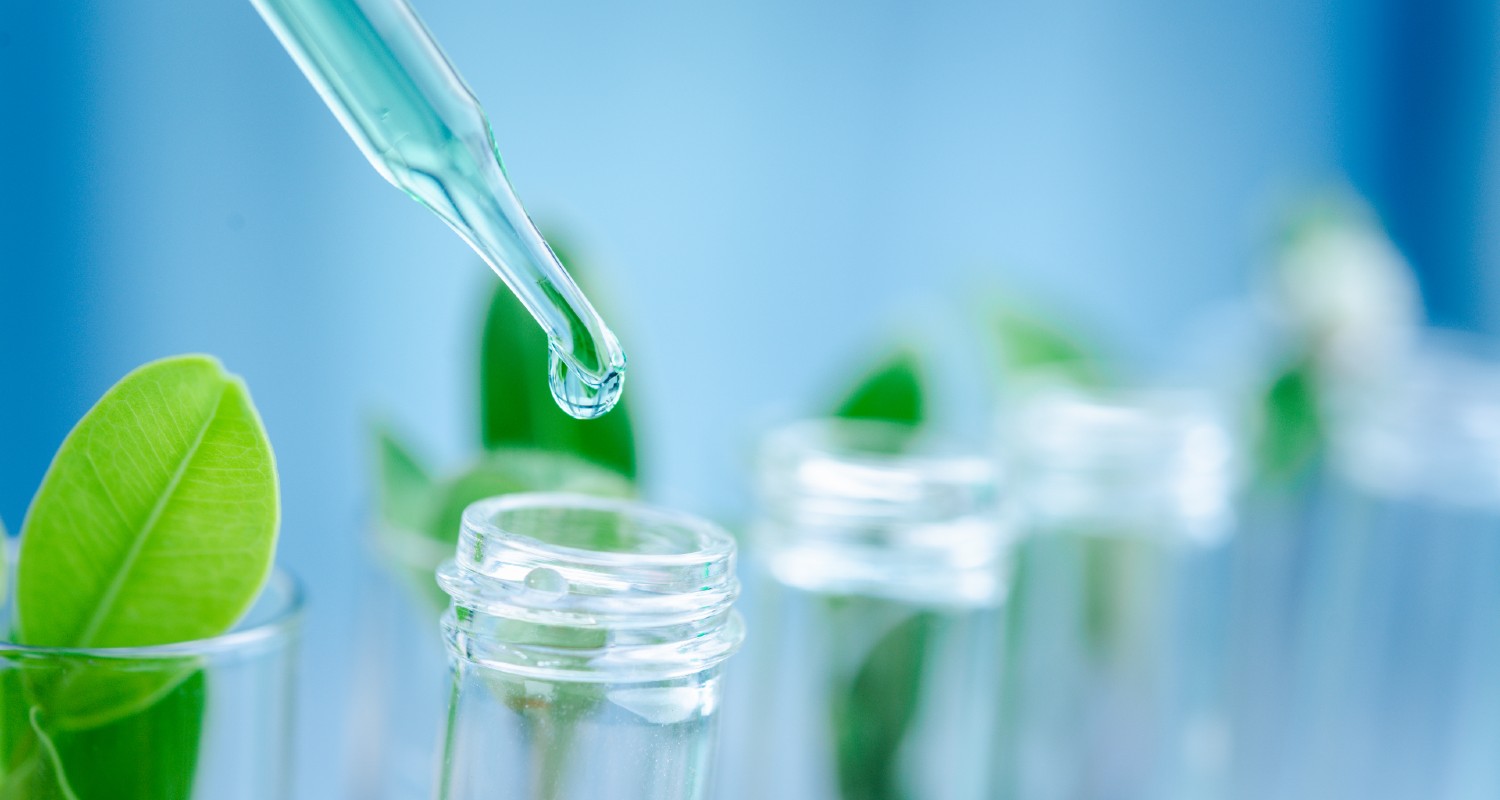
CO₂ for building a more sustainable society
CO₂ for building a more sustainable society
CO₂, the “clay” to build a more sustainable society
Reading time: 8 min
Removing CO₂ from the atmosphere will lower the impact of this gas on the climate and turn it into a raw material to be used to manufacture products like carbonated beverages, concrete, and synthetic fuels.
Over the last few years, the goal of decarbonizing the planet has gotten us used to talking about carbon dioxide in negative terms and considering excess CO₂ as the major obstacle to climate neutrality. Nevertheless, CO₂ is necessary for certain biological processes. It is the food plants need to photosynthesize and release the oxygen we breathe, and of course, it is a basic gas for many industries.
According to International Energy Agency (IEA) estimates, 230 million tonnes of CO₂ are currently being used in all types of production processes: to manufacture fertilizers, make carbonated beverages, vacuum pack certain foods, dry clean, operate certain cooling and heating systems, etc.
The list of processes in which this alleged foe turns out to be a friend is quite long, and that list is about to get longer thanks to carbon capture, use, and storage and direct air capture (CCUS and DAC).
CCUS technologies are designed to be integrated into industrial facilities or energy plants, while DAC directly absorbs the CO₂ from the air. Both capture this gas for subsequent storage or use and they both work in similar ways. “It's a three-phase process,” explained Jordi Pedrola, senior scientist at the Repsol Technology Lab specializing in CO₂ separation technologies. “The former is the separation of that CO₂ from the flow where it is generated,” he said. To do that it contacts that flow with an absorbent liquid that chemically traps it. Subsequently, applying heat to this fluid creates a more concentrated flow of CO₂.

“Finally, the CO₂ needs to be purified and compressed and then transported to its final destination,” Pedrola explained with regard to the second and third phases. The most exciting thing about carbon capture is not just that it helps remove it from the atmosphere, but that it also turns it into a clay that can be molded into any kind of product. To start, the industry can use it directly without having to process it, but CO₂ can also be treated and combined with other substances to create polymers, synthetic fuels, sustainable cement and concrete, etc.
The Spanish Association of Petroleum Product Operators (AOP) estimates that 40 different products can be made with the 40 million tonnes of CO₂ that the IEA projects will be captured around the world. The IEA groups these products into three categories.
Building materials
Building materials
Producing building materials is one of the most promising uses for captured CO₂, as it would help the sector move toward climate neutrality.
One of the ways to do that is by leveraging the CO₂ captured during the concrete curing stage. In other words, replacing the water normally used in the solidification and curing process of this building material.
There are three advantages here: using the CO₂ removed from the atmosphere, preventing consumption of a limited resource like water, and obtaining a cheaper concrete with an equivalent performance to conventional concrete.
40 different products can be made with captured CO₂.
Another use for CO₂ in construction is manufacturing ecogravel as an alternative to the raw material used to make concrete, mortar, roads, etc. They are made with certain types of waste and with CO₂, and they can be used in to build non-structural architectural components like curbs, cobblestones, bike lanes, and more.
“They are made with a reaction between CO₂ and alkaline industrial materials in specific temperature, pressure, and time conditions,” explained Ainhoa Martín Morante, innovation specialist at Petronor, the Repsol subsidiary opening a commercial ecogravel production plant in mid 2024. There, 22,000 tonnes of waste and 2,200 tonnes of CO₂ will be transformed into 56,000 tonnes of this new gravel. This project was chosen by the European Commission's Innovation Fund aid program, which allocated 3.2 million euros to the project’s execution.
Synthetic fuels
Synthetic fuels
Captured CO₂ synthesis with hydrogen is able to produce synthetic fuels and efuels with a low or zero carbon footprint. These fuels are the perfect solution to decarbonize propulsion systems for long-distance transportation such as ships, planes, trucks, etc.
In fact, if the energy used to create the chemical synthesis they are produced with is renewable, there is double the success: You remove CO₂ from the atmosphere, and you produce fuel with zero net emissions.
Production of adhesives, solvents, mattresses, and more
Production of adhesives, solvents, mattresses, and more
The carbon and oxygen in CO₂ can play the same role that oil products traditionally played in the chemical processes used to produce methanol and polymers. The former is a basic form of alcohol that can be used as a solvent, fuel, in the formulation of liquid coolant, and in the production of various chemical products, including formaldehyde.
The polymers obtained using captured CO₂ offer the advantage of a smaller carbon footprint as they replace a portion of the substance's fossil-based raw materials. These polymers can be used to produce the foam in mattresses, adhesives, coatings, and more... Everyday comforts made using the same carbon dioxide we need to remove from the atmosphere.
Published in El Mundo
